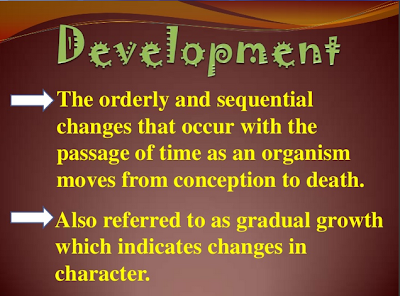Okayy tak jelas. Meh aku tulis. eh taip.
FUNGSI BAHASA MELAYU
1) BAHASA KEBANGSAAN
- Sebagai lambang identiti kebangsaan sesuatu bangsa/ negara
- Lambang jati diri negara dan kewarganegaraan
- Bahasa rasmi negara yang berdaulat
- Digunakan untuk wacana politik dan undang-undang
---------------------------------------------------------------------
- identiti negara
- penyatuan bangsa
- jati diri
- komunikasi lisan dan tulisan
2) BAHASA RASMI
- Digunakan dalam perhubungan rasmi seperti dalam ucapan rasmi dan surat-menyurat
---------------------------------------------------------------------
- komunikasi lisan dan tulisan ; kerajaan- urusan rasmi
- pentadbiran, pengurusan sektor awam
- komunikasi ; kerajaan, swasta, orang ramai
3) BAHASA PERPADUAN
- Menyatukan masyarakat berbilang kaum
---------------------------------------------------------------------
- penyatuan kaum dan etnik
- permersatuan negara
- pembinaan negara bangsa
4) BAHASA PENGANTAR
- Menjadi bahasa pengantar di sekolah, maktab, politeknik dan universiti
- Contohnya, penubuhan Universiti Kebangsaan Malaysia telah melahirkan ratusan ribu siswazah yang menerima pendidikan dalam Bahasa Melayu
---------------------------------------------------------------------
- sistem pendidikan formal; SRK, SM, IPT
5) BAHASA ILMU
- Berperanan sebagai bahasa ilmu pengetahuan moden
6) BAHASA KOMUNIKASI
- Bahasa perhubungan antara rakyat jelata ( masyarakat biasa bukan golongan elit)
- Menjadi lingua franca
Okayy done! Happy reading :)
P.S 'Bullet points' yang berada di bawah garisan dot dot tuh adalah nota yang dicatat oleh tuan belog ketika belajar, hiks.




























































